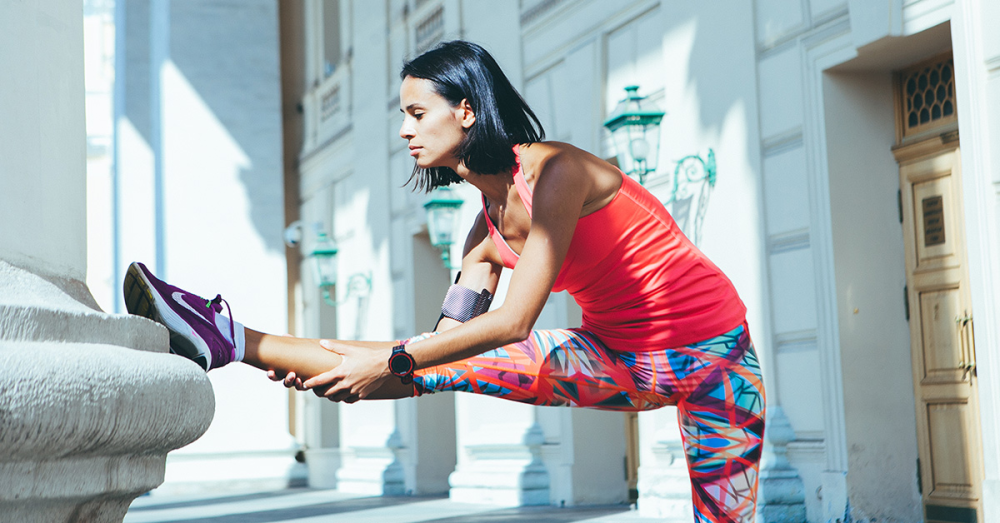Yoga is a popular practice that many people are familiar with. It is constantly advertised and featured in many different magazines, websites and social media platforms. Yet, there are still some people who see yoga as a practice that only involves posing and stretching.
When yoga is properly practiced, it can improve your physical performance starting from your endurance, to speed and power. These physical improvements promote weight loss, wellness and overall good health. Yoga is useful whatever your profession as it can reduce stress. If you are a banker or real estate broker in Chicago, you can use yoga to release some of this stress.
Business owners know about this and some even organize free classes for their employees, like Kale Realty to name just one. If you want to learn more about it, read below about some of the many benefits that yoga can provide to your health.
It Elevates Your Athletic Performance
Seeing yoga videos will likely make you skeptical about its benefits on your athletic performance. After all, it is not like running or interval training where you have to lift weights and run long distances.
Yoga is not purely about poses and stretching. Some styles also involve hill sprints, sandbag training and sometimes, sledgehammer work (for advanced classes). The point of using yoga as a part of a healthy lifestyle is it enhances your fitness training but does not replace it.
This means yoga helps correct your posture, improve flexibility, heighten body awareness and educate body mechanics.
By adding this ancient practice to any workout program, you can make your fitness or weight loss training more efficient and effective by producing faster and more visible results.
It Promotes Hip Hinge Movement
Hikers, runners and crossfitters are people who utilize their hip hinge movements – the flexion and extension of your hip joints and muscles.
What yoga does is it provides a full range of hip movements and lessen the chances of getting injured while working out. Because yoga poses and stretches also keep your hip muscles loose, your body can properly hold your entire weight and keep you stabilized.
It Improves Your Endurance
Yoga is known to enhance blood circulation, digestion and motion range. These benefits further improve your endurance and help you sustain your exercise plan for the weeks or months to come.
The breathing techniques taught also help you control your respiration while in motion. This is why many long distance runners and sprinters apply yoga as an extra training plan. It opens their respiratory system and teaches them how to control the air they breathe in and out.
It Makes You Stronger
Muscle strength is incredibly important in becoming physically fit. Just like speed, it is related to correct body mechanics. When your body holds correct postures and the muscles are properly aligned, it transmits more force for you to perform better on your exercise routine.
Body alignment is one of the major lessons you learn from yoga. As this helps you control the output of your energy, yoga directly helps you throw, punch and jump more explosively.
It Improves The Lymphatic System
As mentioned above, yoga helps improve your body’s circulation, making it an efficient form of lymphatic detox. The twisting poses are known to help stimulate your glands and flush out your toxins. Its meditative aspect also promotes body and mind relaxation by eliminating stress.
It Prevents Injury
For a professional athlete, or a person who is trying to lose weight with a deadline, injury can stall and even stump progress. Body awareness and mechanics are just two benefits that yoga possesses to prevent injuries.
In turn, the longevity of your fitness routine goes on and allows your body to go through a consistent progress.
It Hastens Recovery
As stated earlier, yoga has a positive effect on your lymphatic system. Apart from flushing out the toxins of your body, enhanced lymphatic system circulation actually allows your muscles to process the metabolic byproducts produced from working out. This means healing time and muscle cell repair also speeds up.
It Targets Focus
The most important benefit of yoga is its dramatic effects on your mental clarity and focus. These matter because even the most disciplined professional athlete have the tendency to slip up and go off course.
When you look at the world of sports, every athlete trains extremely hard. They need mindfulness, body awareness and focus to take their performance output and bring it to the next level.
This goes the same with people who are trying to lose weight. As their exercise routine continues and their fitness level increases, they need to bring their performance one or two steps forward.
Yoga is a popular multipurpose practice that is often overlooked by many people. If you incorporate it as a part of your weight loss or fitness program, you will find yourself more flexible, balanced, stronger and leaner.
Try to sign up for a yoga class today so that you can explore what it can do for you. If you are still unsure about it, you can search for websites that offer introductory lessons on yoga and how you can use it to your advantage.


